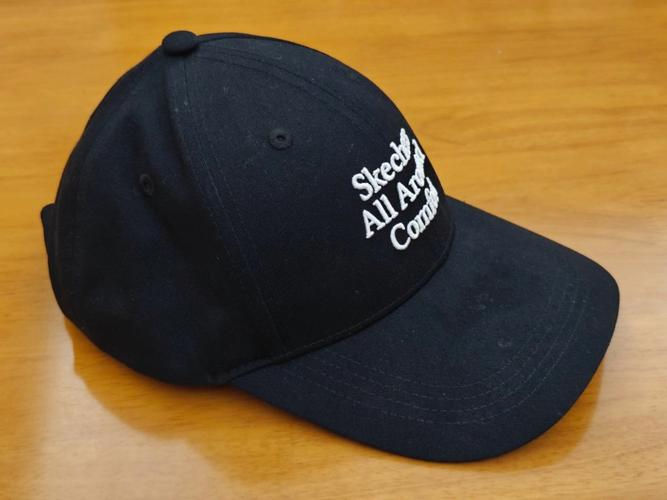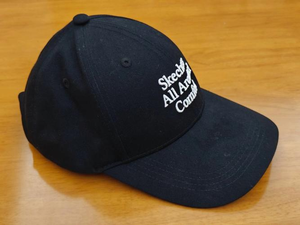
Introduction to the inspection and testing standards for hats Inspection and factory verification services for certification
Whether for sun protection in summer or for warmth in winter, hats are indispensable practical accessories in many people's daily outfits. From baseball caps, berets, knitted caps, to fashion hats, children's hats, and denim hats, different hat styles vary greatly and their uses are also diverse. With so many different product types, how can one systematically and efficiently conduct hat inspection? What are the inspection standards for hats and the factory inspection requirements? This article will comprehensively explain the key inspection points for hats from the perspectives of factory inspection, sampling standards, testing items, and common quality issues.
I. Factory Audit and Preparations
Before the actual inspection, it is recommended to conduct a supplier evaluation and a pre-production factory audit first to ensure that the factory has the necessary quality management systems (such as ISO 9001) and production capacity stability. The inspectors should obtain the customer's confirmation samples, technical documents, and order requirements in advance, clarify the inspection standards (such as AQL sampling standards), and prepare the necessary tools (such as measuring tapes, color cards, force gauges, barcode scanners, etc.).
II. Main items and execution standards for hat inspection
1. Appearance and hat shape inspection (visual inspection + comparison confirmation):
The hat shape must be consistent with the confirmation sample. The hat body should be symmetrical on both sides, the brim should be centered and the curvature should be moderate.
The lower edge of the hat should be smooth and without any distortion. The corners of the hat brim should be neatly shaped.
The front part is full without any sagging, the brim opening at the top is natural, without a daisy-shaped top or sharp corners.
The stitching areas must not have any issues such as glue peeling, glue seepage, wrinkling or exposed backing fabric.
The position, color and size of the embroidery/stamp must be accurate, without broken threads, exposed underlayers, misalignment or color mismatch; the thread ends should be cleaned up.
The fabric material, color combination are consistent with the sample, without color differences, stains, holes or other fabric defects.
All auxiliary materials (such as seam covers, sweat bands, cap buttons, main labels, washing labels, etc.) must meet the requirements of the approved sample.
2. Sewing and Process Inspection:
The stitch spacing should be maintained at 3 cm, with 10 to 12 stitches per inch.
The sweatbands are usually made of 70g or 85g non-woven fabric, which should be white and not yellowish, and the stitching should be smooth and not prone to cracking.
The top button should be firmly attached and usually should be able to withstand a force of 15 pounds or more.
The rust eye must be drilled through and its color should be in harmony with the main color.
The front center embroidery or PVC label should be placed 2 - 2.5 cm above the lower edge and centered. The embroidery should have no loose threads, and the PVC label should have no curled edges or defects.
The corners of the Velcro should be trimmed into rounded shapes to prevent sharp edges from causing scratches.
The ironing temperature should be controlled at 105°C - 110°C, for a duration of 7 - 8 seconds. The seams should be smooth and free from any fringes or yellowing.
The size of the hat band must comply with the requirements of the process specification. The hat brim should be installed centrally without any deviation.
3. Packaging and ironing inspection:
The finished hat shape must be consistent with the confirmed sample. The inside of the hat should be flat and free from any distortion.
The reinforced lining should be ironed open, and the seam strip at the cover should be free from wrinkles.
When ironing paper hat styles, pay attention to the ironing pressure to avoid flattening and deformation.
All signs (main sign, washing sign, certificate of conformity, price sign) must be hung correctly and in accordance with the requirements of the order.
The outer box is clearly labeled, and the quantity, color, and size of the items inside match those on the packing list.
When necessary, conduct the packaging drop test in accordance with ISTA standards or as per the customer's requirements to evaluate the transportation suitability.
III. Common Defect Classification (Based on AQL Standards):
Severe Defects (Critical Defects): Asymmetrical structure, easily detachable top button, severe stains, material not matching the confirmed sample, etc.
Main Defects: Poor embroidery, inconsistent stitch spacing, size deviation, slight color difference, obvious thread ends, etc.
Minor Defects: Label misalignment, slight uneven ironing, non-standard packaging, etc.
IV. Summary and Recommendations
The inspection of hats should not only focus on the appearance and craftsmanship details, but also cover the entire process from factory inspection, raw material inspection (IQC), production line inspection (IPQC), to final random inspection (FRI). It is recommended that enterprises introduce third-party inspection services and conduct regular quality system evaluations of the factories to ensure that the products meet international standards and customer requirements.
A professional and detailed inspection report not only effectively reduces the risk of returns, but also is an important guarantee for improving supply chain quality management and building a reliable brand image.
分享这个商品

Introduction to the inspection and testing standards for hats Inspecti
This article will comprehensively explain the key inspection points for hats from aspects such as factory inspection, testing items, and common quality issues.
